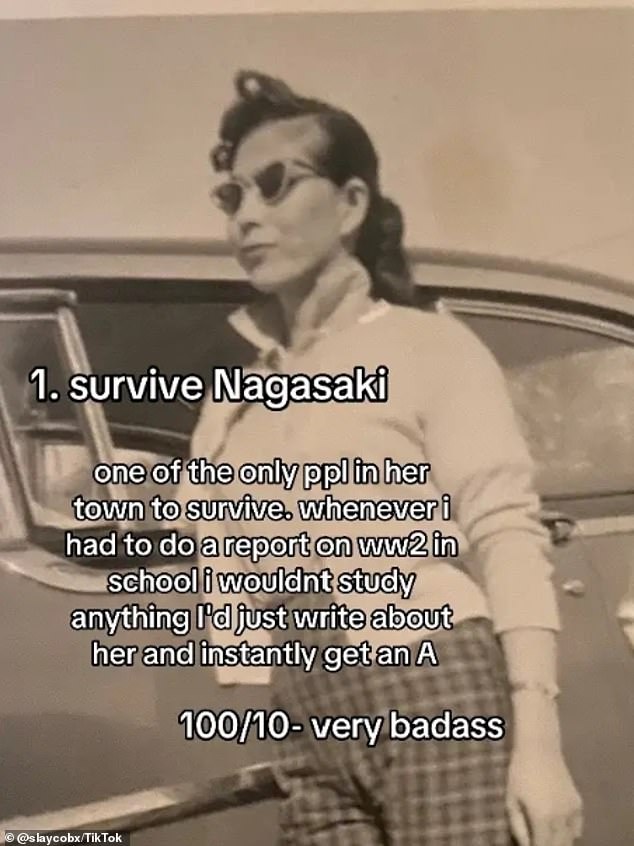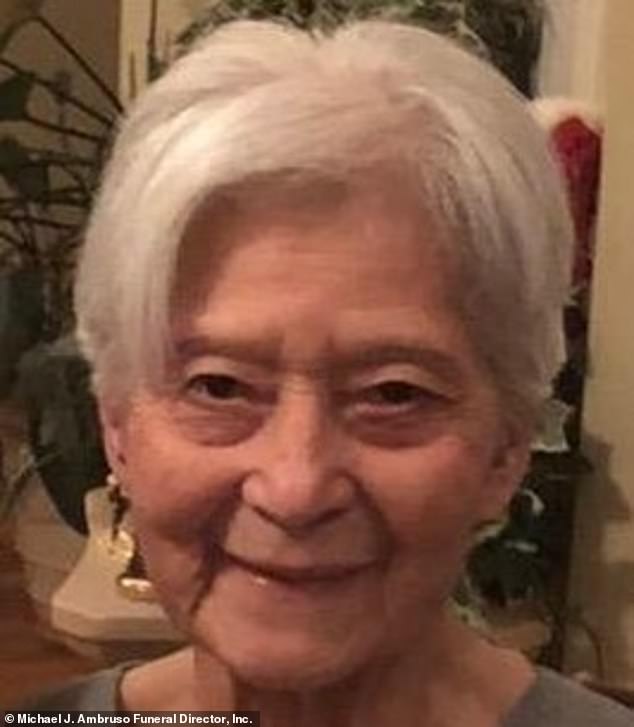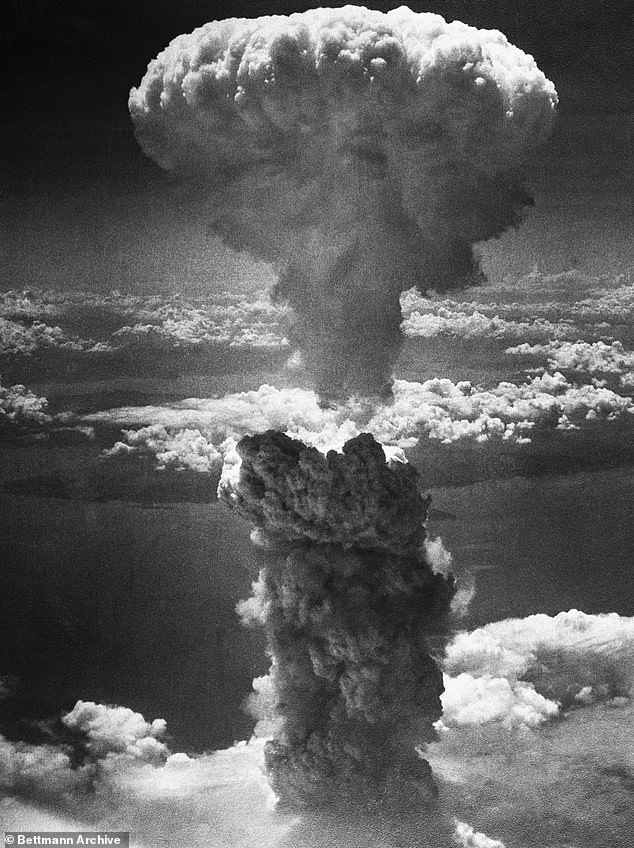I survived Nagasaki nuclear attack, cancer and forced child marriage: Here’s how I ended up rich with the man of my dreams
A grandson has revealed how his grandmother survived the nuclear attack on Nagasaki, was diagnosed with cancer twice and walked away with millions after a forced marriage.
Fujiko Robinson, also known as Susie, died in February 2021 at the age of 88 after surviving the nuclear explosion and overcoming a litany of health problems in her later years.
In recent days, Robinson went viral on TikTok after her grandson Jacob Fitzpatrick shared her life story and what she managed to endure.
Jacob, from Delaware, revealed she survived the 1945 bombing and battled cancer, radiation poisoning, polio and Covid twice.
After being forced into a marriage to a millionaire as a teenager, Jacob also said that Robinson later divorced him after meeting his grandfather and taking half of his wealth.
Fujiko Robinson, also known as Susie, died in February 2021 at the age of 88 after surviving the nuclear explosion and overcoming a litany of health problems in her later years.

In recent days, Robinson went viral on TikTok after her grandson Jacob Fitzpatrick shared her life story and what she managed to endure
After the video explaining his grandmother’s fortune exploded on TikTok, racking up more than 13 million views in two days, he shared another video.
In a follow-up, Jacob explained in detail how his grandmother had managed to survive the bombing, which killed around 40,000 people in the first blast.
He explains that his grandmother, who settled in the United States, skipped school on the day of the attack, while all her classmates died in the bombing.
According to the video, she also had nine siblings, five of whom had gone to school that day and were killed.
He continues: ‘The fact that she was further away from the explosion was the first thing that helped her.
‘The second thing was that just before it fell, she had gone inside to use the bathroom and so was somewhat protected from the initial heatwave and debris.
‘One of her brothers standing outside [was] died instantly. From that moment on, her memory becomes a bit hazy. She said her trauma blocked the rest of events.
What she could remember was running under a table for protection, the clothes she was wearing melting against her skin.

In a follow-up, Jacob explained in detail how his grandmother had managed to survive the bombing, which killed around 40,000 people in the first blast.
It wasn’t until days later that she remembered being in the hospital and being treated after the explosion.
According to an obituary, Robinson was born in Nagasaki at the time of her death and was the daughter of Sakujiro Matsuo and Yose Deguchi.
It described her as a “very loving and caring wife, mother, grandmother and great-grandmother.”
Her family said she enjoyed gardening, playing bingo, piano and attending church services.
Carl Robinson, her late husband, preceded her in death after he passed away in 1996 – they were married for 38 years.

A mushroom cloud towers 20,000 feet over Nagasaki, Japan, after a second nuclear attack by the United States on August 9, 1945
An American B29 bomber dropped an atomic bomb weighing over 4,000 kg on the Japanese city at 11:02 a.m. local time on August 9, 1945.
Nicknamed ‘the Fat Man’, it exploded 500 meters above the ground and completely destroyed the city on the Japanese island of Kyushu.
It was the second attack by the United States on a Japanese city in three days.
More than three million leaflets had been dropped over the country from American planes warning that nuclear weapons would be used “over and over again” unless the war was ended.
The Japanese surrendered less than a week later on August 15.
Within the first few months of the bombings, 90,000 to 166,000 people were killed in Hiroshima and 60,000 to 80,000 in Nagasaki.
